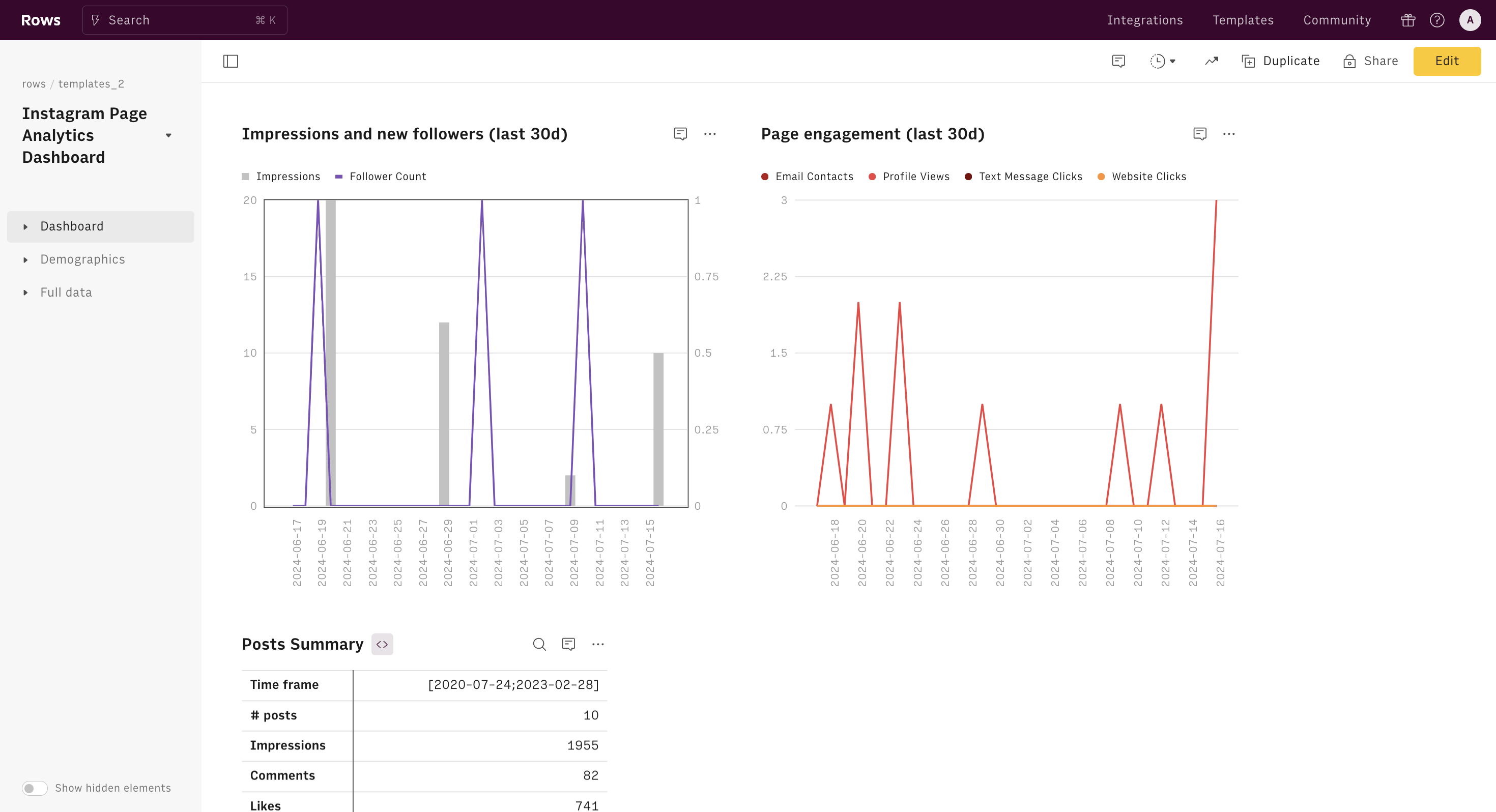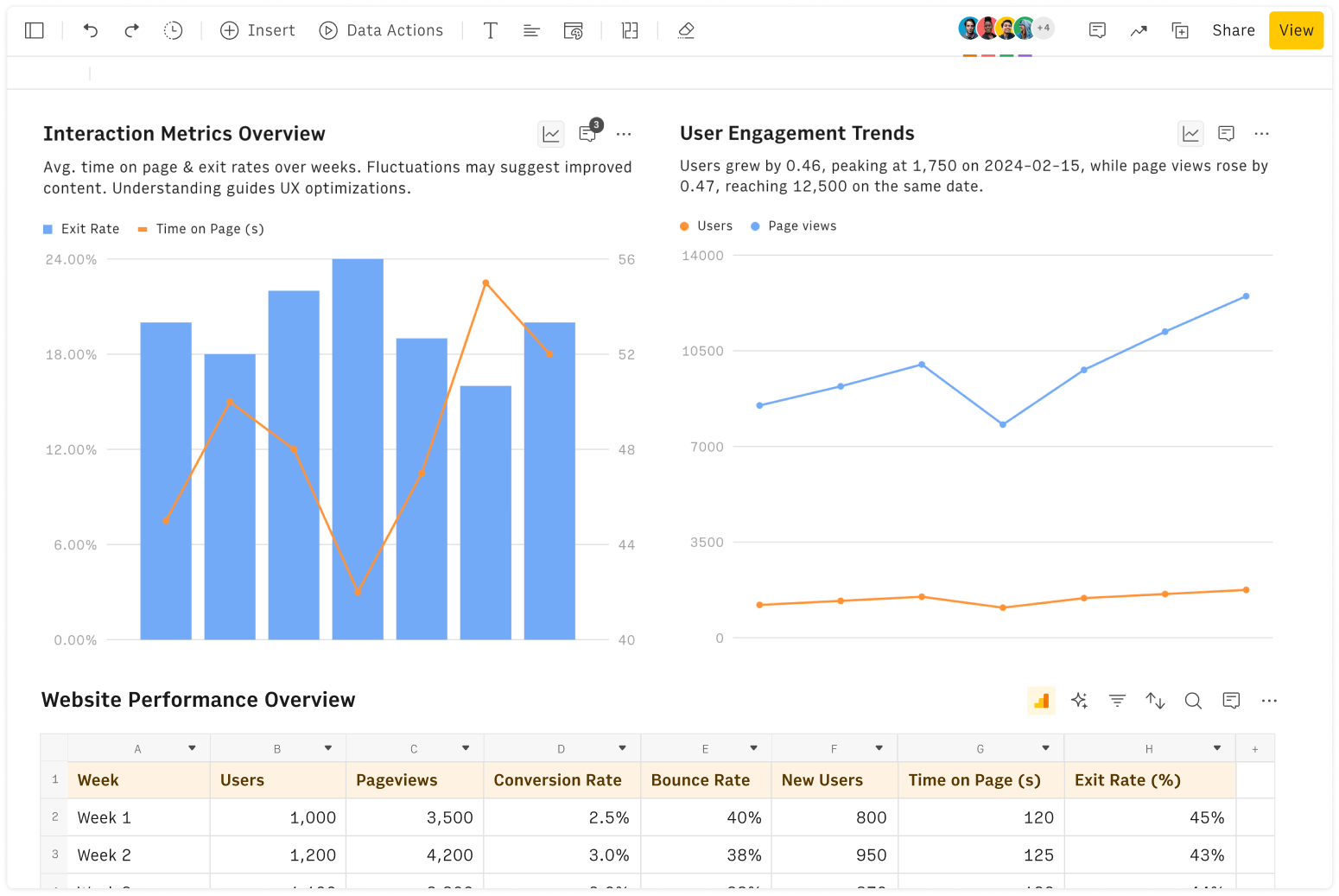What is a confidence interval?
The Confidence Interval is a key concept in statistical inference, a branch of statistics that aims at drawing insights into a population based on randomly extracted samples. Statistical inference is crucial in making informed business decisions, as it allows analysts to make predictions and draw conclusions based on limited data.
The Confidence Interval Calculator calculates both the lower and upper bounds of the interval in which the estimate of a population mean (μ) is likely to fall. By inputting some key parameters and selecting a desired level of confidence, the calculator generates a range of values within which the true population parameter is estimated to lie.
Theory behind the Confidence Interval Calculator
At the theoretical foundation of statistical inference is the Central Limit Theorem (CLT) which states that as the sample size increases, the distribution of the sample means approaches a normal distribution with mean μ, regardless of the underlying distribution of the population from which the samples are drawn.
In other words, if a large enough sample size (n >30) is taken from a population, the sample means will be normally distributed, regardless of the shape of the original population distribution.
How to use the Confidence Interval Calculator?
To use the confidence interval calculator, you need the following input:
The mean of the sample, x
The size of the sample, n
The Standard Deviation of the sample, s
The confidence level (90%, 95%, or 99%), indicating "how sure" you want to be in estimating the true parameter in the original population (μ).
The bounds of the interval are obtained through the following formula:
Upper bound = x + z * s / sqrt(n)
Lower bound = x - z * s / sqrt(n)
where z represents the z-score corresponding to the confidence level chosen, i.e. the value of a normal distribution N(0,1) with mean 0 and standard deviation 1 that leaves to its right and left tails a probability of 10%, 5%, and 1%.
How to interpret Confidence Level calculator results
When interpreting the results of a Confidence Level calculator, it's important to understand what the output means. The calculator provides a range of values (the confidence interval) within which the true population parameter is likely to fall, given a certain level of confidence.
For example, if you use a 95% confidence level calculator and get a result of 50-60, you can interpret this as: "We are 95% confident that the true population parameter falls between 50 and 60." This doesn't mean that 95% of the data falls within this range, but rather that if we were to repeat this sampling process many times, about 95% of the calculated intervals would contain the true population parameter.
Remember, the wider the interval, the more confident we can be that it contains the true population parameter, but the less precise our estimate becomes.
Why a 95 Confidence Level Calculator?
A 95 confidence level is an interval where we can be 95% confident that the true population parameter lies.
The 95% confidence level is often chosen because it provides a good balance between precision and reliability. It means that if we were to repeat our sampling process many times, about 95 out of 100 times, our calculated interval would contain the true population parameter.
To use a 95 interval calculator, you have to input your sample statistics (mean, standard deviation, and sample size) and the calculator will provide the lower and upper bounds of the 95% confidence interval.
Caveats of using Confidence Level calculator
While confidence interval calculators are useful tools, they come with assumptions you need to be mindful of:
Assumption of normality: This calculator assume that the underlying data is normally distributed when sample size is small. If your data doesn't follow a normal distribution AND you have a small sample, the results may not hold.
Sample size matters: For small sample sizes, the central limit theorem may not apply, potentially leading to inaccurate results.
Misinterpretation: There's a common misconception that the confidence interval represents the range where 95% of the data falls. This is incorrect and can lead to faulty conclusions.
Overconfidence: A 95% confidence level doesn't guarantee that the true population parameter is within the interval. There's still a 5% chance it's not.
Always consider these limitations when using and interpreting results from a confidence level calculator.







